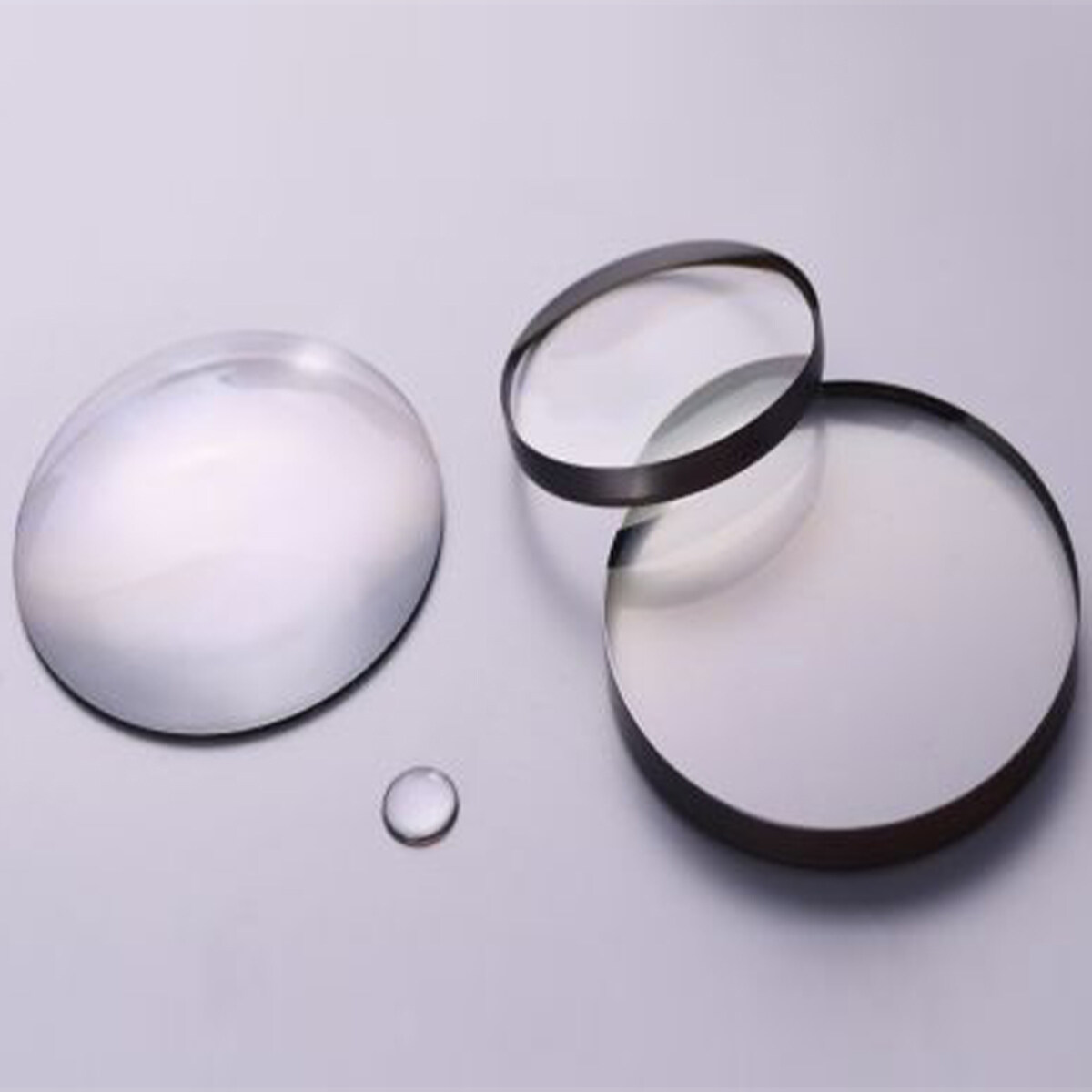Email format error
Email cannot be empty
Email already exists
6-20 characters(letters plus numbers only)
The password is inconsistent
Email format error
Email cannot be empty
Email does not exist
6-20 characters(letters plus numbers only)
The password is inconsistent

Small Lens
We are one of the mens designer largest clear contact lens glasses manufacturers in China.The lens can be widely used in security, vehicle, digital camera, laser, optical instruments, contact lens glasses, and other fields.
The lens is made according to the refraction law of light. It is an optical element made of transparent substances (such as glass, crystal, etc.). A lens is a refractor whose refracting surface is a transparent body with two spheres (part of the sphere) or one sphere (part of the sphere) and one plane. The image formed by the lens has both real and virtual images. The lens can be widely used in security, vehicle, digital camera, laser, optical instruments, and other fields. With the continuous development of the market, lens technology is also more and more widely used.
Imaging principle of lens
If both interfaces of a transparent object are spherical, or one interface is spherical and the other interface is planar, the object is called a lens. The lens with a ZY part thicker than the edge is called a convex lens, which can be divided into biconvex, Plano-convex, and concave-convex according to their cross-sectional shape. The lens with ZY part thinner than the edge is called a concave lens, which can be divided into double concave, flat-concave, and convex-concave according to its cross-sectional shape.
The straight line passing through the two spherical curvature ZX of the lens is called the main optical axis or principal axis of the lens. There is a special point on the main axis, through which the direction of light propagation remains unchanged. This point is called the optical center of the lens, which is represented by the letter "O". The convex lens can make the light parallel to the main optical axis converge at a point on the main optical axis, which is called the focus. There is a focus on both sides of the convex lens, which is symmetrical relative to the optical center, and the focus is represented by the letter "F". The distance from the focal point to the optical center of the convex lens is called the focal length, which is represented by the letter "F". Because the convex lens has the function of a convergent line, it is also called the convergent lens. The light directed at the concave lens becomes divergent after passing through the concave lens. Because the concave lens has the function of divergent light, it is also called the divergent lens.
When the distance from the object to the convex lens is greater than 2 times the focal length, it becomes an inverted and reduced real image; When the distance from the object to the convex lens is between 2 times the focal length and the focal length, it becomes an inverted and enlarged real image; When the distance from the object to the convex lens is less than the focal length, it becomes an upright and enlarged virtual image.
Differences between lenses
Different structure
A convex lens is composed of transparent lens bodies with two sides ground into spherical surfaces, with thin sides and thick middle.
A concave lens is composed of a transparent lens body with concave spherical surfaces on both sides, thick on both sides, and thin in the middle.
Different effects on light
Convex lens mainly converges light, but it also diverges when the object distance is less than the focal length.
The concave lens mainly plays the role of divergence of light.
Different imaging properties
A convex lens is refractive imaging.
A concave lens is "after light passes through a concave lens, it becomes an upright virtual image, while a convex lens becomes an inverted real image. The real image can be displayed on the screen, but the virtual image cannot."












